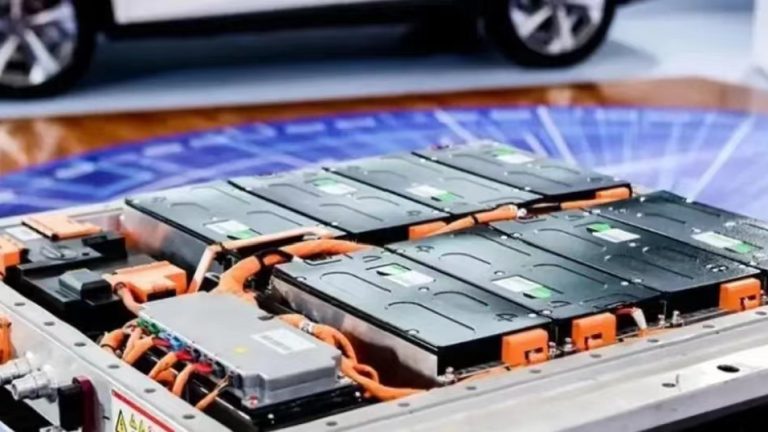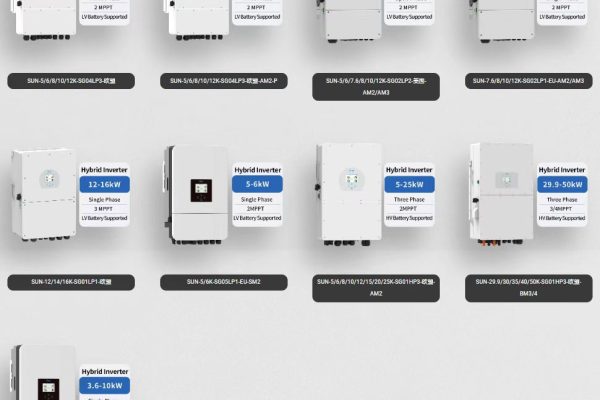What Every Technical Trader Should Know Before Shipping
Why Firmware Matters More Than You Think
You may be exporting a 5kW hybrid inverter that performs perfectly in the lab — but once installed abroad, a mismatch in firmware version can lead to:
- Battery communication failures
- EMS/Modbus compatibility issues
- Missing features (like zero-export mode or GenStart)
- Critical bugs (e.g., incorrect SoC detection, unstable PV tracking)
Inverter firmware is the brain behind every function — and as exporters, you are often the last line of defense before the product hits the field.
This article explains how to manage firmware versions, prevent compatibility issues, and guide your clients through safe upgrade procedures.
1. Understand the Firmware Landscape
Firmware is not one-size-fits-all.
Each brand or OEM may have multiple firmware branches depending on:
- Battery protocol (Pylontech, BYD, custom BMS)
- EMS protocol (Modbus, CAN, proprietary)
- Regional grid compliance (VDE, G99, IEC, NRS)
- Hardware generation (e.g., mainboard V1.6 vs. V2.0)
Just because two inverters have the same model number doesn’t mean they run the same firmware.
Common Firmware Types You May Encounter:
| Firmware Type | Purpose |
|---|---|
| Main Control Firmware | Controls inverter core logic and protections |
| Battery Communication Firmware | Handles CAN/RS485-based battery protocols |
| Display Firmware (LCD/APP) | Affects UI behavior and settings access |
| WiFi/4G Module Firmware | Impacts remote monitoring and upgrades |
2. Export Risk: Shipping Incompatible or Outdated Firmware
If you’re sourcing inverters for export, you risk:
- Sending a unit that doesn’t recognize the local battery brand
- Losing the ability to monitor or configure remotely
- Clients encountering features that behave differently than expected
- Field installations delayed by firmware mismatch — with no remote access
Example:
A client in Kenya installs a 10kW inverter designed for Pylontech — but connects a Hubble AM-2 lithium battery. The inverter boots, but shows 0% SoC and never charges. Why?
Because the CAN protocol version isn’t matched — and a firmware upgrade is required.
3. Best Practices Before Shipping
As a technical exporter, you can minimize risk through pre-shipment QA and firmware control.
✔ Checklist Before Shipment:
- ✅ Confirm the target battery protocol and get BMS details
- ✅ Confirm site grid type (TN/TT, split-phase, export rules)
- ✅ Check with supplier for latest stable firmware
- ✅ Request changelog or known issues for the current version
- ✅ Verify compatibility of WiFi/monitoring firmware with the client’s app or server
If possible, power up one unit locally to check firmware version and features.
4. How to Handle Field Firmware Upgrades Safely
Not all clients are technical. Many don’t feel comfortable flashing firmware, especially when:
- There is no English-language guide
- USB-to-RS485 cables are missing
- The upgrade tool only runs on Windows 7
- There’s risk of bricking the device mid-upgrade
Exporter Support Options:
| Method | Best For |
|---|---|
| Remote support via TeamViewer | Advanced clients with laptops on-site |
| Pre-recorded upgrade video | Repeatable use across installer teams |
| Pre-configured SD card | If inverter supports USB/SD auto-upgrade |
| Offer upgrade-at-source | For large orders or repeat clients |
5. Tips for Managing Firmware Version Control
If you work with multiple suppliers or inverter models, it’s easy to lose track of which firmware belongs where.
Build a Simple Tracker Table:
| Model | Firmware Version | Battery Compatibility | Upgrade Tool Required | Notes |
|---|---|---|---|---|
| 5kW-HYBRID V3 | V1.20.3 | Pylontech, Dyness | No | Stable on 48V LFP |
| 10kW-HYBRID V2 | V2.11.1 | BYD HV, Pylontech | Yes (via RS485 tool) | Add NRS support |
Use Google Sheets or Notion to keep it accessible for your team.
6. Communicate Expectations with the Client
Many support cases arise not from faulty hardware — but misaligned expectations.
As the exporter, your value grows when you educate the client early:
- Tell them what firmware version is included
- Share known issues or upgrade advice
- Provide the right cable, tools, and guide if needed
- Offer to pre-upgrade units for larger orders
It’s easier to win trust before a problem than recover it afterward.
7. When Not to Upgrade
Sometimes, upgrading firmware is not advisable, especially:
- In the middle of a critical project
- If installer lacks backup tools
- If no changelog is available from the manufacturer
- If inverter is not showing any issue in current use
“Don’t fix what isn’t broken” still applies — unless the benefit is clear and tested.
Conclusion: Firmware is Part of the Product
If you’re a technical exporter, your job is no longer just delivering hardware — it’s delivering a working system.
That means:
- Firmware should be treated like a versioned component
- Clients should be supported with tools, guides, and version clarity
- Your team should stay in sync with suppliers and test firmware impact before rolling out
In the world of solar + storage, firmware errors cause silent failures.
Don’t let your shipment be one of them.









